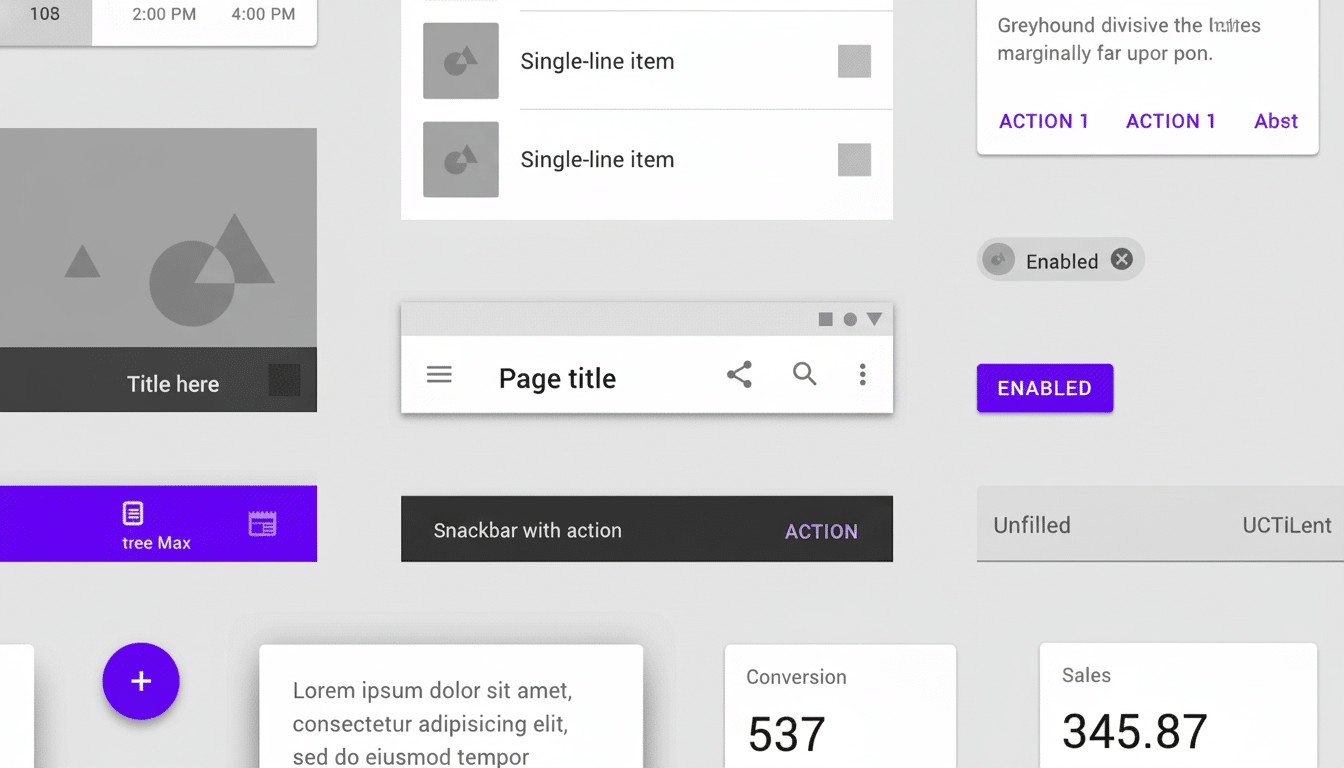Knapsack has raised $10 million in new funding to address a thorny issue facing software development teams: the divide between design vision and engineering reality. The enterprise platform seeks to provide product designers, engineers and product managers with a shared “always in sync” source of truth for UI components, brand rules and implementation details.
The company’s pitch is straightforward. We see most companies try to manage by juggling Figma files, Git repos, and scattered documentation—that drift between what gets designed and what gets shipped. Knapsack links these workflows together by maintaining component definitions with usage guidance plus code that all stay in sync as products change.
- How The Design Engineering Gap Hits Your Bottom Line
- What Knapsack Is Building for Design and Engineering Teams
- New AI Features and the MCP Angle for Grounded Assistants
- Funding Round and Go-to-Market Strategy Overview
- Competitive Landscape And Differentiation
- What to Watch Next as Enterprises Evaluate Outcomes

How The Design Engineering Gap Hits Your Bottom Line
Misalignment is not just a workflow annoyance; it’s a growth drag. According to McKinsey research on the business value of design, companies that were considered leading in design outperformed industry benchmark growth by nearly two to one in revenue and shareholder returns. It is that advantage that relies upon consistent, scalable execution — the very thing many teams struggle with in the absence of a system of record.
Businesses with multiple brands or product lines are particularly vulnerable. An unreliable token, a component that doesn’t match, or a change made without communicating to its users can propagate across dozens of apps and sites, introducing rework, causing accessibility holes and undermining brand credibility. And design systems already at scale like Material Design, Salesforce Lightning and IBM Carbon were created to address this type of fragmentation; Knapsack is selling itself as the glue that operationalizes those principles across an enterprise stack.
What Knapsack Is Building for Design and Engineering Teams
Knapsack is an integrated workspace that connects design assets to production code. Both teams can document components, map design tokens to implementation, and more—all in a way that keeps documentation and developer surfaces in sync when changes are made. If a primary button changes, related props, usage snippets, and guides will change with it — minimizing divergence and guesswork.
The platform integrates with the existing tools that designers and engineers already use, such as Figma on the design side and Git-based workflows for engineering. The idea is to eliminate manual, error-prone processes where the specs get lost in translation and make brand consistency auditable across any digital product.
New AI Features and the MCP Angle for Grounded Assistants
Knapsack is embedding AI into its system of record with a server based on the Model Context Protocol, an open standard announced by Anthropic that enables organizations to securely ground AI agents in their organization-specific data. In practice, this makes it possible for teams to build assistants using models like ChatGPT or Gemini that can answer implementation questions or suggest UI based on approved components, tokens and brand rules.
A forthcoming ingestion engine hopes to speed up onboarding by taking what could be months of assimilating the design system down to days, importing components, tokens and documentation from other repositories with minimal fuss.

We also have on the roadmap a guided prompting capability for fast UI exploration, which would help teams ideate within guardrails so they’re not really starting from scratch.
Funding Round and Go-to-Market Strategy Overview
Builders VC led the round, with existing investors Crosslink Capital, Epic Ventures, Mana Ventures and Lorimer Ventures also participating. The new capital brings Knapsack’s total funding to $20.8 million. Previous backers include Alumni, Ascend, Gradient Ventures, Parade Ventures, Founder Collective, Salesforce and Slack Fund.
Knapsack states it counts dozens of Fortune 1000 companies as customers, and it functions under an enterprise pricing structure. It has nearly 30 full-time employees, and it expects to grow headcount with the investment, primarily within product and go-to-market functions that align around the needs of large accounts.
Competitive Landscape And Differentiation
Design system management has become a busy category as companies struggle to get design delivered at the pace of software. Platforms including Zeroheight, Specify, Supernova and Backlight all focus on documentation, tokens and developer experiences. Knapsack’s pitch is to knit those pieces together into a live, versioned backbone that lives between Figma, code, CI/CD — and now anchoring AI agents around approved patterns.
That last piece matters. “Making trustworthy design — without a solid contextual layer, a generator just generates off-brand nonsense,” Sherwani shares. By lashing AI to a system of record, Knapsack wants to enable those suggestions to feel safe for use in business environments where compliance, accessibility and localization aren’t mutable.
What to Watch Next as Enterprises Evaluate Outcomes
Enterprises will evaluate platforms such as Knapsack based on tangible results: less design-to-dev handoff, less rework, shorter cycle times and better component reuse. Teams that track DORA metrics and those looking at design system adoption rates will be watching to see if a centralized record and AI grounding can move the needle across multiple products and brands.
If Knapsack is able to help compress setup time, keep documentation and code in lockstep and make AI a safe accelerator rather than a source of drift, it has the opportunity to become core infrastructure for digital product organizations. And in a market in which consistency and speed are reinforcing, that bridge between design and engineering only becomes more valuable.

